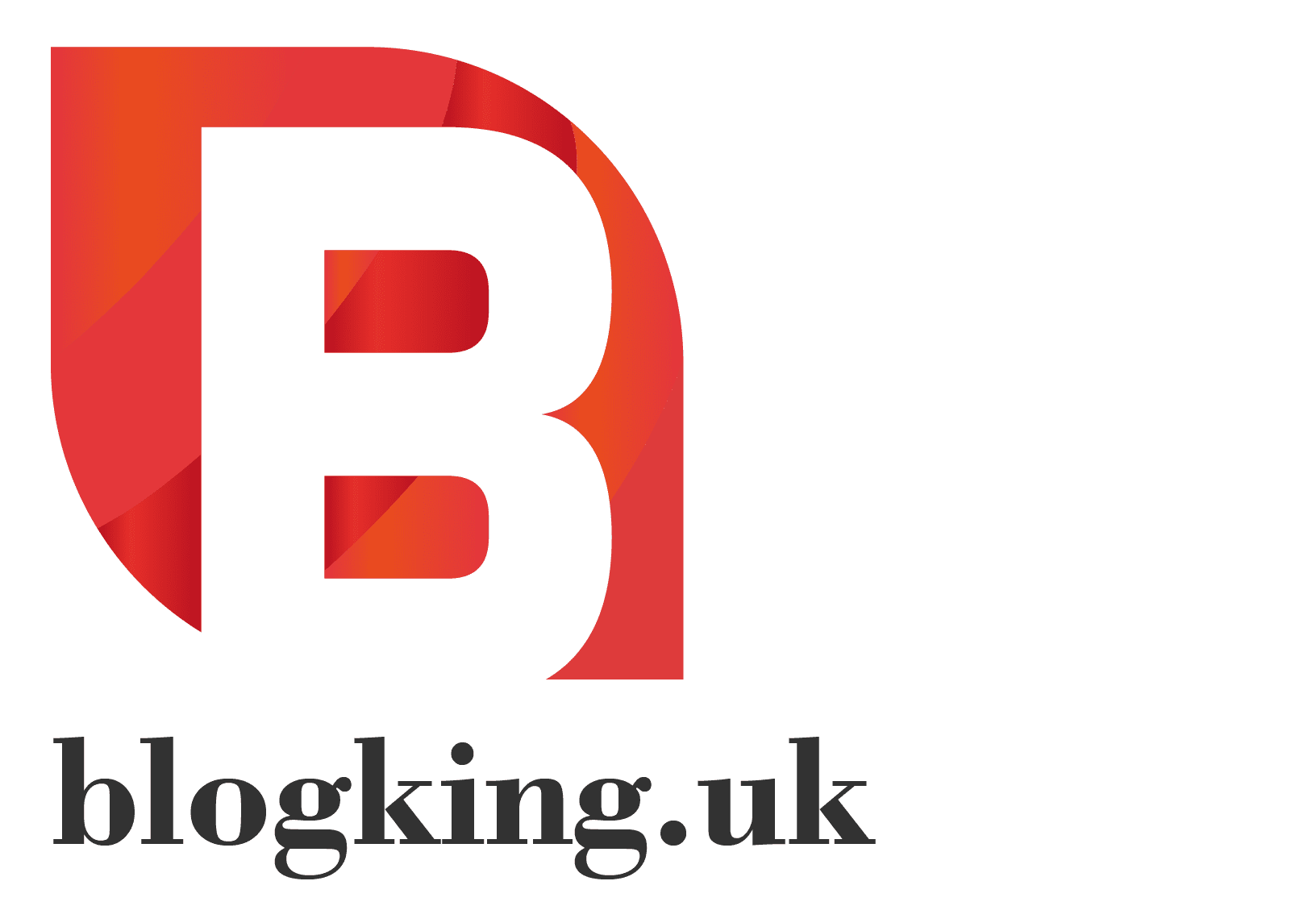In today’s fast-changing digital world, knowing how social listening helps in marketing is key. Almost 66% of marketers say it’s more valuable now than before. This approach lets brands get insights from online talks, helping them connect better with their audience.
By keeping an eye on what people say about your brand, you can make your marketing fit what customers want. This way, your content will speak to your audience. Social listening also helps find out what people need but don’t get, making your brand more engaging and healthy.
With these insights, you can improve how you talk to customers and stay ahead in your field. To dive deeper into why social listening matters, check out this informative piece.
Table of Contents
Key Takeaways
- Social listening is vital for understanding audience needs and preferences.
- It enhances engagement by tailoring content to align with consumer sentiments.
- Brands can identify market trends and unmet customer demands through social media listening.
- Utilising insights from social listening can substantially improve your marketing strategy optimisation.
- Effective social listening leads to better brand health and competitive advantages.
- Implementing social listening strategies is essential for long-term marketing success.
Understanding Social Listening
In today’s fast-changing digital world, knowing about social listening is key. It means tracking online talks about your brand, industry, and rivals. This method helps you understand what people think and feel, guiding your marketing plans.
It’s not just about seeing what’s said. It’s about understanding why. This way, you can make your marketing better and stay on top of market changes.
Definition and Importance
Looking into social listening, you see it’s more than just tracking brand mentions. It’s about diving into the reasons behind these talks. This gives you a full picture of what customers think and feel.
It’s important for many reasons. It boosts customer interaction, keeps you updated on trends, and helps you stay ahead of competitors. Tools like Sprinklr Insights use AI to analyze feelings and track posts in real-time.
The difference between Social Listening and Social Monitoring
Understanding social listening means knowing the difference between it and social monitoring. Monitoring is about counting what’s said about your brand. Listening is about why it’s said.
This shows how deep you can dive into what people think. It lets you adjust your messages and content to match what your audience wants. For more on this, check out social listening on Sprinklr.
The Role of Social Listening in Marketing
Social listening is key in marketing. It helps brands talk to their audience better. By watching what people say on social media, brands can meet their needs quickly. This makes people feel part of a community, boosting loyalty and happiness.
Connecting with your Audience
Social listening makes talking to customers easier. Brands that listen well can change what they offer based on what people say. This makes people want to share their thoughts and feelings, building strong bonds and trust.
Gaining Competitive Advantage
By watching what others do, brands can stay ahead. They learn what’s popular and what’s not. This lets them change their plans to keep up with what people want. Brands that listen well can react fast, staying ahead of the game.
| Advantages of Social Listening | Impact on Audience Engagement | Impact on Competitive Advantage |
|---|---|---|
| Real-time feedback collection | Strengthens consumer trust | Identifies competitor weaknesses |
| Improvement in product offerings | Enhances customer relationships | Recognises market trends early |
| Insights into customer sentiment | Increases brand loyalty | Drives faster response to changes |
Benefits of Social Listening for Brands
Social listening does more than just watch conversations. It gives brands deep insights. These insights can improve how people see your brand and how happy your customers are. By listening to what people say, you can make your brand look better and adjust your marketing plans.
Enhancing Brand Perception Analysis
Social listening helps you understand what people think about your brand. By watching online talks, you learn how your brand is seen. If you find negative comments, you can fix the problem and improve.
This way, you can make your brand better and connect more with your audience.
Boosting Customer Sentiment Analysis
Knowing what your customers think is key to keeping them loyal. Social listening helps you see what people like and dislike. This lets you make choices that make customers happier.
Being active on sites like Facebook, Twitter, and Instagram builds a community around your brand. This leads to loyalty and trust.
How to Integrate Social Listening into Your Marketing Strategy
To add social listening to your marketing plan, you need a clear strategy. Start with clear goals that match your business aims. This is the first step to making social listening work well.
Establishing Clear Goals
First, set SMART goals. These should be Specific, Measurable, Achievable, Relevant, and Time-bound. Your goals might be to get more people to know your brand, boost community interaction, or speed up customer service. These goals keep you focused and help you see if your social listening is working.
Choosing the Right Tools
Picking the right social listening tools is key. Tools like Hootsuite and Talkwalker help you understand what people think about your brand. They also send you alerts when important conversations happen. Make sure the tools fit your brand’s needs for the best results. For tips on a good marketing strategy, check out this guide on social media marketing.
Real-time Insights for Marketing Optimisation
Using real-time insights is key for top-notch marketing. In today’s fast world, brands that spot trends quickly have a big advantage. Social listening tools help you keep up with what people are talking about, so you can change your plans fast.
Identifying Trends and Patterns
Spotting trends in what people say gives you clues about what they want. This info lets you adjust your marketing on the fly, making sure it hits the mark. By keeping an eye on new topics and patterns, you can update your content to stay fresh and interesting.
Real-time insights help you make changes before they’re needed. You can guess what your audience wants, not just react to it. This way, you can connect better with your brand.
| Trend | Indicators | Action Required |
|---|---|---|
| Increased focus on sustainability | Conversations mentioning eco-friendly products | Integrate sustainability messages in campaigns |
| Interest in personalised experiences | Consumer requests for tailored services | Develop personalised marketing messages |
| Shift towards online shopping | Discussions on convenience and e-commerce | Enhance your online storefront and customer journey |
Social Listening Case Studies
Looking into social listening case studies shows us how big brands grow. Companies like Starbucks and Spotify use it to get closer to their customers. They listen to what people say to make better products and ads.
Successful Brands that Utilise Social Listening
Starbucks gets to know its customers by listening to what they say. They watch what people think about their seasonal drinks. This helps them keep customers happy and make new products.
Spotify does the same thing. They listen to what people say on social media to make their playlists better. This way, they keep their customers happy and feel connected.
Lessons from Failures
But, ignoring what customers say can be risky. Brands that don’t listen can lose their reputation and miss chances. A big fast-food chain didn’t listen to complaints about their food. This made things worse for them.
These stories teach us the value of listening to customers. It helps avoid problems and keeps brands relevant. The success stories and failures teach us how to listen well.
Common Challenges in Social Listening
Social listening can greatly improve your marketing, but it faces several hurdles. One big problem is data overload. Brands struggle to sort through endless online talks. Finding useful insights from this sea of data is hard.
Managing social listening well means tackling these challenges head-on.
Addressing Data Overload
Brands often feel overwhelmed by the sheer amount of data from social listening. With so many conversations happening all the time, finding the right information is key. Focus on important metrics like how people feel and how much they engage.
By focusing on the right conversations, you can deal with data overload better. It’s important to have a clear plan for what conversations are most important.
Not watching broader trends can make managing social listening even harder. Keeping an eye on brand mentions, how people feel, and influencer interactions is essential. Missing out on these can mean missing chances to make smart marketing choices.
To make sense of big data, consider using automated tools. They can help without taking over. This way, you can manage social listening effectively.
Knowing the common challenges in social listening helps brands improve their strategies. For more tips on avoiding mistakes, check out this resource. By being proactive, you can do social listening better and catch important conversations without getting lost in data.
Future of Social Listening
The future of social listening looks bright, thanks to new tools and technologies. Businesses that use these innovations will understand their audiences better. New technologies, like artificial intelligence and natural language processing, make social listening platforms better.
This change helps brands get deeper insights into what customers think and do. This leads to more focused marketing efforts.
Emerging Tools and Technologies
The world of social media is always changing. It’s important to know about new tools. These technologies help analyse data in real-time, so brands can quickly respond to what people are saying.
Machine learning makes data analysis even better. This means social listening will be more efficient and accurate. Brands that use these tools can keep up with the fast-changing market.
Anticipating Consumer Behaviour Changes
It’s key to understand how consumer behaviour might change. As digital spaces evolve, so do what people want and expect. Keeping an eye on these changes helps brands stay ahead.
Using data to guide your marketing lets you predict trends. This way, you can meet your audience’s needs. For more on how to use data in marketing, check out data-driven marketing ideas and improve your strategy.
Conclusion
Adding social listening to your marketing plan can really change how you connect with your audience. It helps you understand what people are saying about your brand. This way, you can make better choices and improve how you talk to customers.
Also, knowing the challenges of social listening helps you move better in the digital world. Brands that use this method can keep up with new tools and stay ahead. The end result of social listening is clear: it’s now a key part of marketing for lasting success.
Using social listening insights lets you not just respond, but also predict what customers want. This forward-thinking makes your brand more relevant. It ensures you meet your customers’ changing needs.
FAQ
What is social listening?
Social listening is tracking mentions about a brand or industry online. It helps brands understand what people are saying. This way, they can make better marketing plans and meet customer needs.
How does social listening differ from social monitoring?
Social monitoring looks at what’s said about a brand. Social listening digs into why people are talking. This gives deeper insights into what people really think and feel.
Why is social listening important for my marketing strategy?
Social listening helps you connect with your audience better. By responding to feedback, you can make your messages more relevant. This boosts customer happiness and helps you stay ahead in the market.
What are the benefits of social listening for brands?
Social listening improves how people see your brand and understand what customers feel. It also helps turn bad feedback into chances to get better. This leads to happier customers and more loyalty.
How can I integrate social listening into my marketing strategy?
Start by setting clear goals that match your business aims. Then, pick the right tools, like Hootsuite or Talkwalker, that suit your brand.
What role do real-time insights play in marketing optimisation?
Real-time insights from social listening are key for better marketing. They show trends in what people talk about. This lets brands quickly change their plans, make content more relevant, and boost engagement.
Can you provide examples of brands successfully using social listening?
Brands like Starbucks and Spotify have used social listening to innovate and keep customers loyal. Chick-fil-A, for example, turned bad feedback into positive engagement.
What challenges might I face with social listening?
A big challenge is dealing with too much data. Brands find it hard to find useful insights in all the online talk. It’s important to use good filters and focus on key metrics to overcome this.
What does the future of social listening look like?
Social listening’s future looks bright, with new tools and tech making it better. Advances in AI and NLP will give deeper insights into what customers think and feel, making social listening even more powerful.








